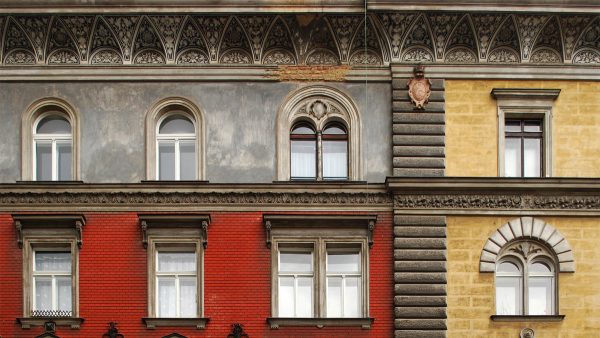Keeping water out of your historic buildings

Historic buildings provide their own set of challenges to owners. More codes apply to them. They’re harder to work on, and often require special materials and more expensive work. And because they’re older, issues tend to come with the territory.
That’s why waterproofing is even more critical for historic buildings than newer ones.
A watertight building envelope will help you stay ahead of repair costs, which can be even more of a burden in a historic building than a new one. And all it takes is a bit of groundwork. Here’s how you can put together your plan for waterproofing a historic building.
Drainage issues
When putting together your plan, look for any areas that tend to hold water. Are there puddles nearby after a rain, especially up against the building? Are there sufficient French drains and guttering to carry water away? Do you have irrigation that’s not well adjusted and sprays on the building?
Any of those things can cause problems, so to keep your building watertight you need to make sure they’re addressed.
Roof issues
One of the easiest ways for water to get in is through piles of leaves and other debris that can build up in the corners of flat roofs. If you or previous owners haven’t been going up regularly to clean them out, these piles can hold water that can eventually degrade the roof and cause water leaks.
Older buildings may also have older roofs, and since the material breaks down over time, an old roof may be due for partial or total replacement.
Moisture barriers and coatings
Barriers and coatings can help keep water out of modern buildings, and depending on the historic building they can help with them as well. Since older buildings are so idiosyncratic, though, you need to check with a qualified contractor to make sure that adding a waterproof barrier or coating isn’t going to be more trouble than it’s worth. Badly installed barriers are worse than no barrier at all.
Check local codes, too. Historic buildings often have different codes, and you have to stay compliant.
No matter the age of your building, a good waterproofing plan starts with checking these areas. Make sure you bring in a qualified contractor who can help you generate a plan of action. Give JK Industries a call today and we’ll help you keep your historic building safe from water incursion.
